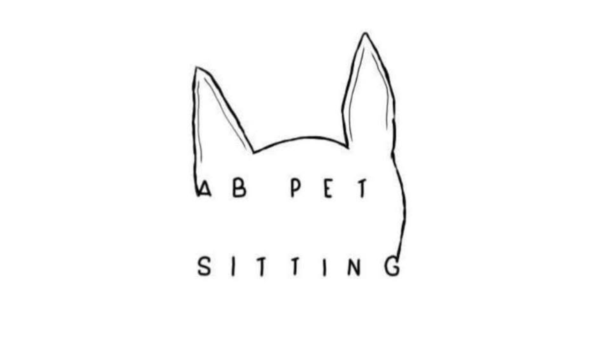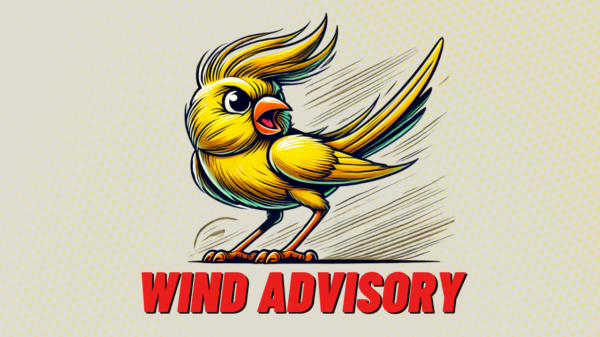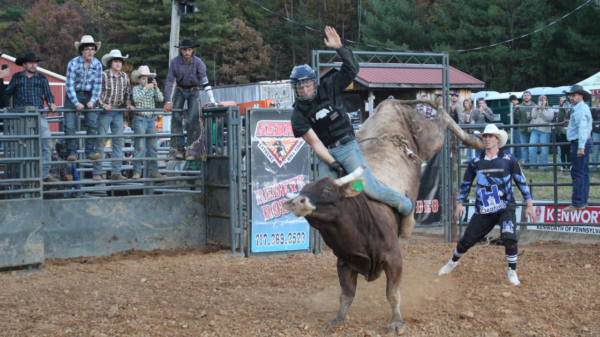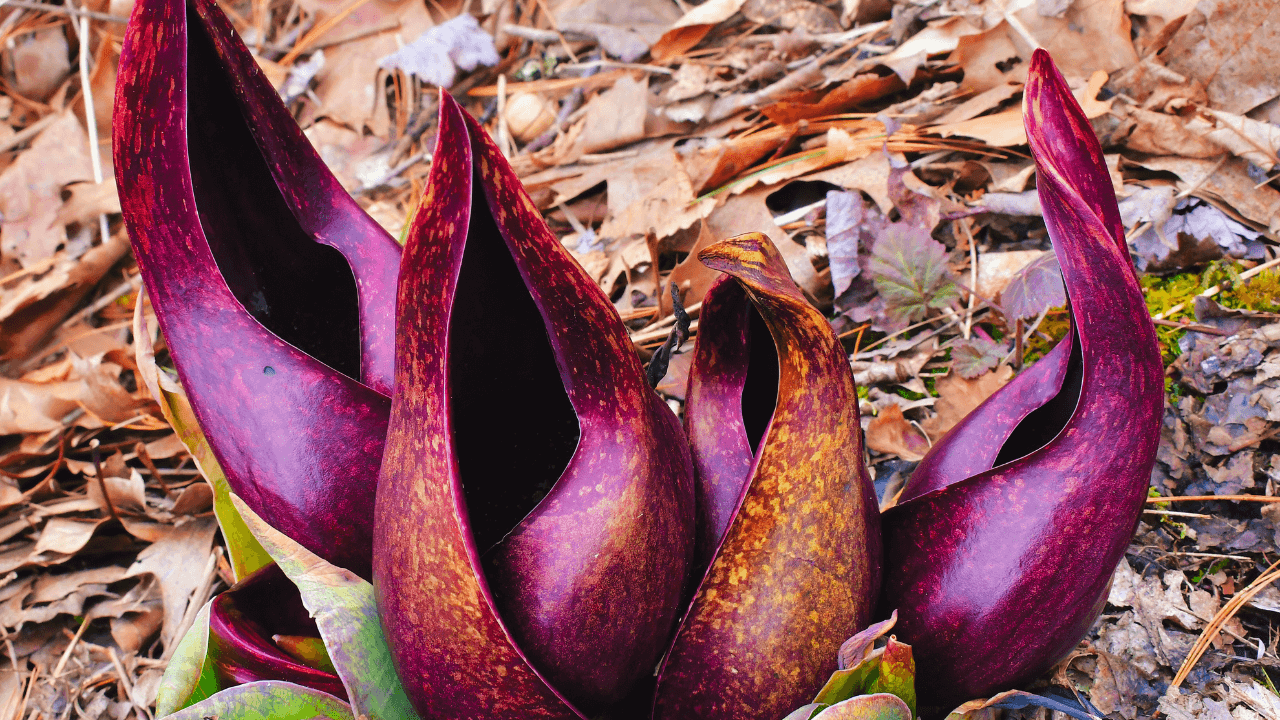What is your favorite sign of spring–other than a groundhog’s prediction of it? Perhaps the increase of bird song in your backyard, or sight of tree buds slowly opening? My personal favorite sign of a warmer season to come is the sight of skunk cabbage blossoms. With frost and snow covering the ground in late winter or early spring, the blossoms of skunk cabbage, one of the first flowers to blossom in the year, emerge.
To notice them, you first must be in their habitat. Skunk cabbage prefer wetlands–look along streams, lakes, and general marshy areas. As a previous resident of Deer Lake, I often saw them peeking up along the wooded trail along Lakefront Drive, popping up in low, wet areas.
Skunk cabbage blossoms can be lost to the untrained eye due to their small stature. They stand about four to six inches high with hood-like leaves that enclose the round, yellow, petal-less flowers. In fact, one may not see the flowers uncovered even in full bloom, unless you pull the leaves back. Young skunk cabbage shoots come in shades of deep red or maroon, some with yellow or green stripes. They wrap around the flower in a swooping, sculpted motion, allowing only the tiniest opening for insects to enter.
Skunk cabbage has adapted these protective leaves for a few reasons. Firstly, they keep the flower warm. In fact, skunk cabbage emits heat that melts surrounding snow and ice as it emerges, and it maintains this heat for a few weeks. According to The Nature Institute, skunk cabbage flowers are 36 degrees warmer than the outside temperature, night or day. If you poke your finger through the leaves to touch the flower head, it will feel noticeably warm.
The skunk cabbage acts like a warm blooded mammal, not only in the way that it retains and emits heat, but in its process of doing so. Skunk cabbages use oxygen while breaking down stored nutrients and starches to produce heat or energy, just like mammals do. While most plants need oxygen for their processes, they produce more than they take in as a byproduct.
Skunk cabbage, on the other hand, needs about the same amount of oxygen as a hummingbird requires to produce heat (Caduto). Scientists theorize that this heat is not only an advantage for emergence, but that it also serves as a way to attract pollinators by providing them an attractive, warm retreat from the cold.
To promote further pollination, the skunk cabbage flower emits the smell of its name. While walking by skunk cabbage in full bloom, you will smell a pungent, skunky odor, which only grows stronger the closer you get. Insects attracted to this smell are the same that are attracted to the scent of decomposing flesh– yuck! In any season, injuring or crushing a leaf of this plant will emit this odor as well, making it an unpleasant “weed” for folks with a property near wetland.
The next time you walk near a wetland, keep your eyes and nose alert for these early emergers, and feel for yourself the bizarre heat they emit–it’s a real treat and an amazing natural feat.
About the author: “Hemlock” Hannah Kulbitsky is the full time Environmental Education and Outreach Coordinator for the Schuylkill Conservation District. She provides environmental programs to the public and handles outreach like the district social media. Hannah is a Skook native and holds a double B.A. in Sustainability Studies and Theater from Muhlenberg College.
Follow the Schuylkill Conservation District @schuylkillcd on Facebook, Instagram, TikTok, and YouTube for more, and go to schuylkillcd.com for our seasonal newsletter.
Image: Canva
Subscribe to Coal Region Canary
Get email updates from Coal Region Canary by becoming a subscriber today. Just enter your email address below to get started!Support Coal Region Canary
Like our reporting and want to support truly local news in Schuylkill County? Your small donations help. For as little as $5, your contribution will allow us to cover more news that directly affects you. Consider donating today by hitting the big yellow button below ...


































